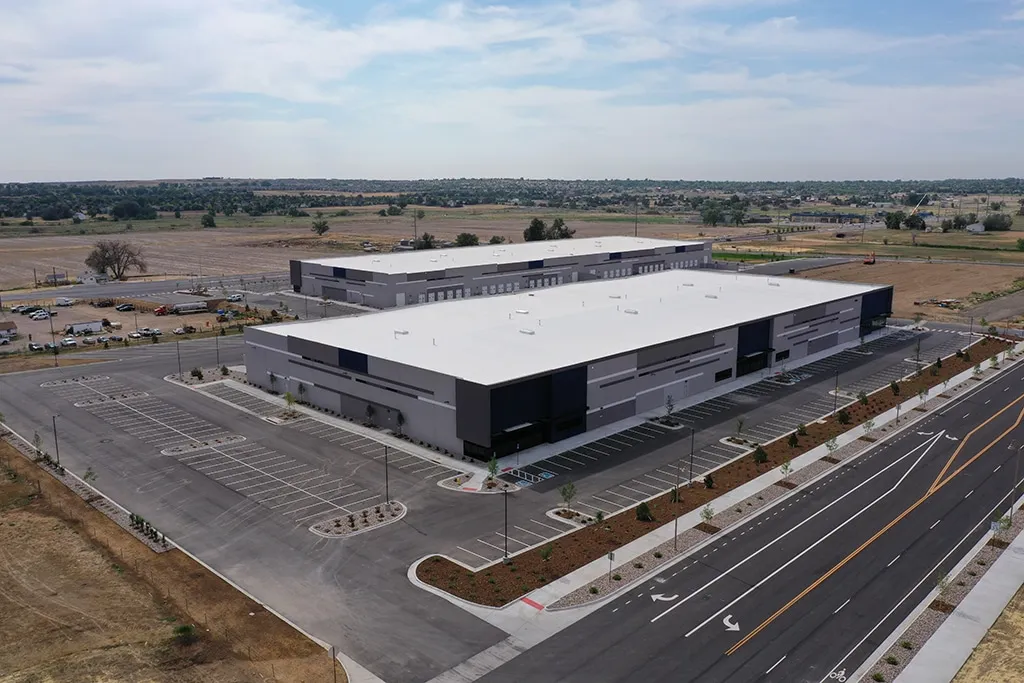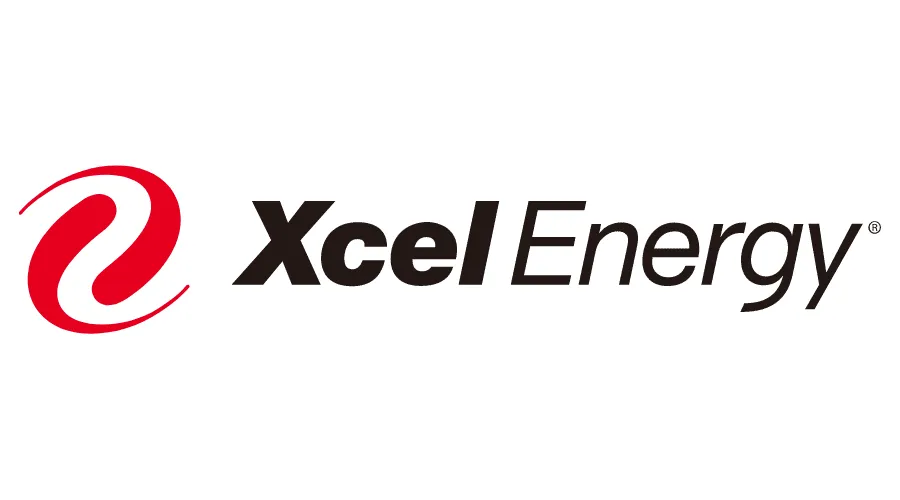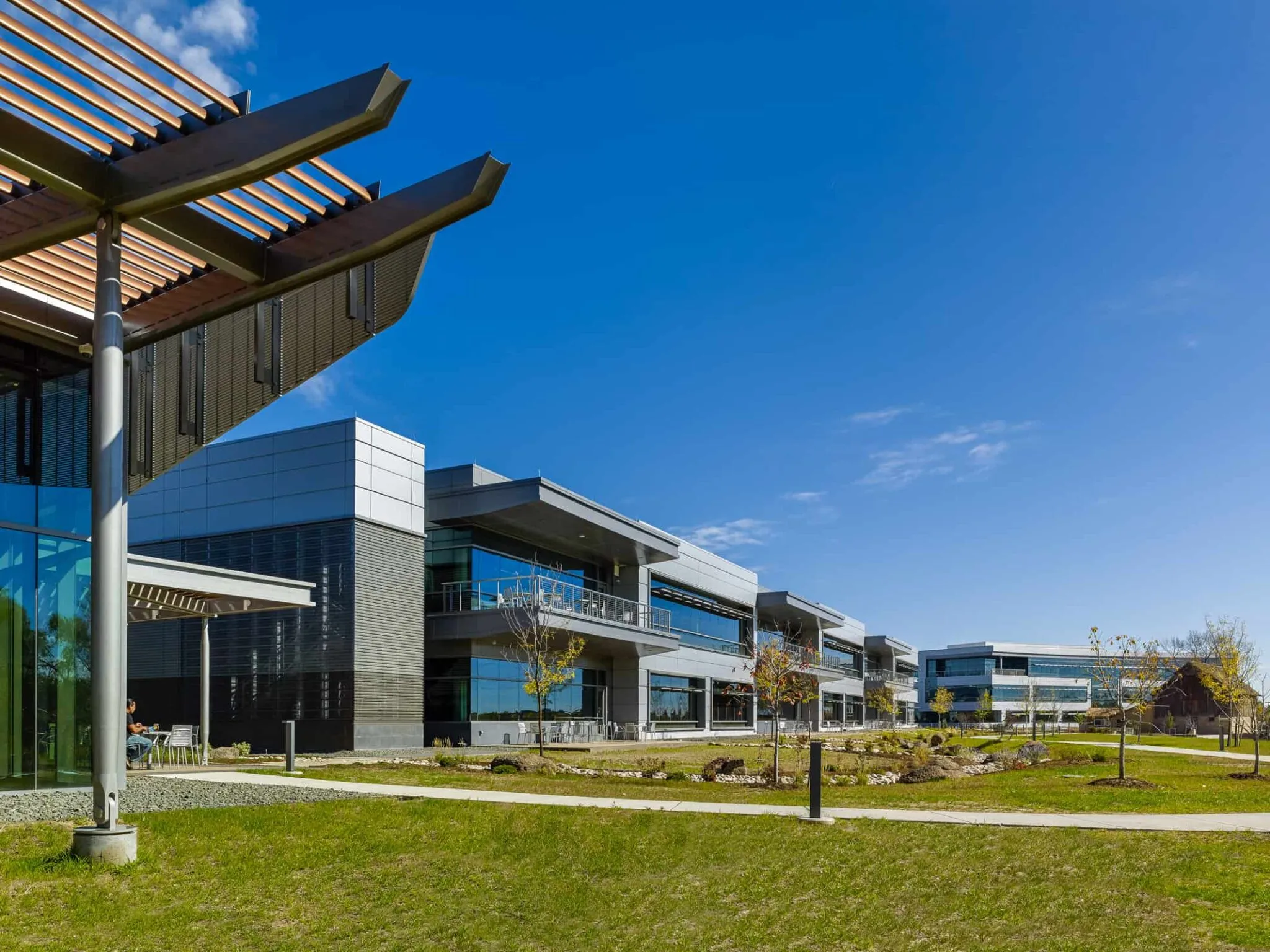Net Zero Cities: Funding the future of clean energy
Funding for clean-energy startups and innovators hasn’t yet reached the levels needed for Front Range cities to achieve net-zero status. Despite the creation of new grant programs, the emergence of Green Banks, creative fundraising methods by companies and institutional investors beginning to enter the market, much work still needs to be done.
That was the message from the Funding Innovation panel at BizWest’s Net Zero Cities summit Wednesday morning, moderated by Quinn Antus, executive director of the Signal Tech Coalition.
“The current scale of clean-energy investment for well-understood technologies is falling well short of what is needed to combat climate change,” said…
THIS ARTICLE IS FOR SUBSCRIBERS ONLY
Continue reading for less than $3 per week!
Get a month of award-winning local business news, trends and insights
Access award-winning content today!





